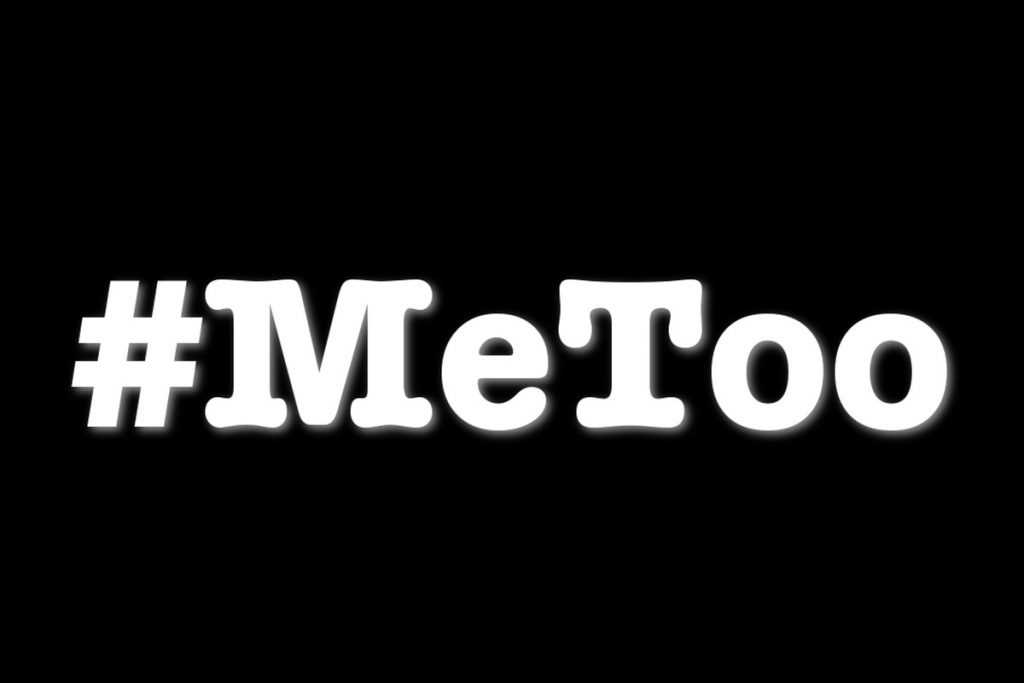After India, now #MeToo movement has started at the border country, Nepal with women from different parts of the country coming forward to share their stories and expose guilty sitting in powerful positions. However, most women sharing their stories on sexual assault in Nepal have largely refrained from naming and shaming the perpetrators and instead, centered around making public the incidents they went through and expressing solidarity with other women. On October 10, Kathmandu-based journalist Subina Shrestha shared her story on Twitter.
“Millenium, Nagarkot. I was an MC. The youth minister then tried to put his hand on my thigh that evening. That’s called sexual harassment,” she wrote.
Shrestha further called out the minister’s “audacity” at having harassed her on the heels of being questioned over similar harassment claims by another woman. Shrestha refrained from naming the perpetrator.
Similar tweets have emerged from other women, who have outlined incidents of harassment but have refrained from directly naming the men involved. On October 7, theatre artist Akanchha Karki wrote:
“A middle-aged pervert feels he is entitled to the ‘love’ of someone half his age, just because he cast her in a play. Has the audacity to harass her, kiss her in the name of exercise, say she gave him ‘signals’. Tells her to #gotohell after she calls him old and sick.”
As more Nepali women gradually take to social media to describe their stories, some say it is entirely up to the survivors to decide if, when, and how to share their experiences—and control their own narratives.
“Naming/shaming publicly is entirely the victim’s choice. We cannot and must not bully victim and his/her voice. What matters is addressing this culture of impunity and allowance of male transgression,” tweeted Tejshree Thapa, senior researcher at Human Rights Watch. “One needs to give women the time and the choice to name or not name,” wrote Shrestha.
Also Read: Two Mumbai lawyers to help #MeToo victims seek legal redressel
The #MeToo movement has largely been about exposing the kinds of behaviour that men have long considered “harmless” and “natural” even as they made women deeply uncomfortable. The result is the creation of an environment where discomfort and fear are the norms for women.
“It’s not the odd working hours or that women look for easy jobs, it’s the environment men create that makes it uncomfortable for women in newsrooms. The scrutiny women go through has nothing to do with her work but how she looks, what she wears, who she talks to,” tweeted Meena Kaini, a former Nepali journalist.


















